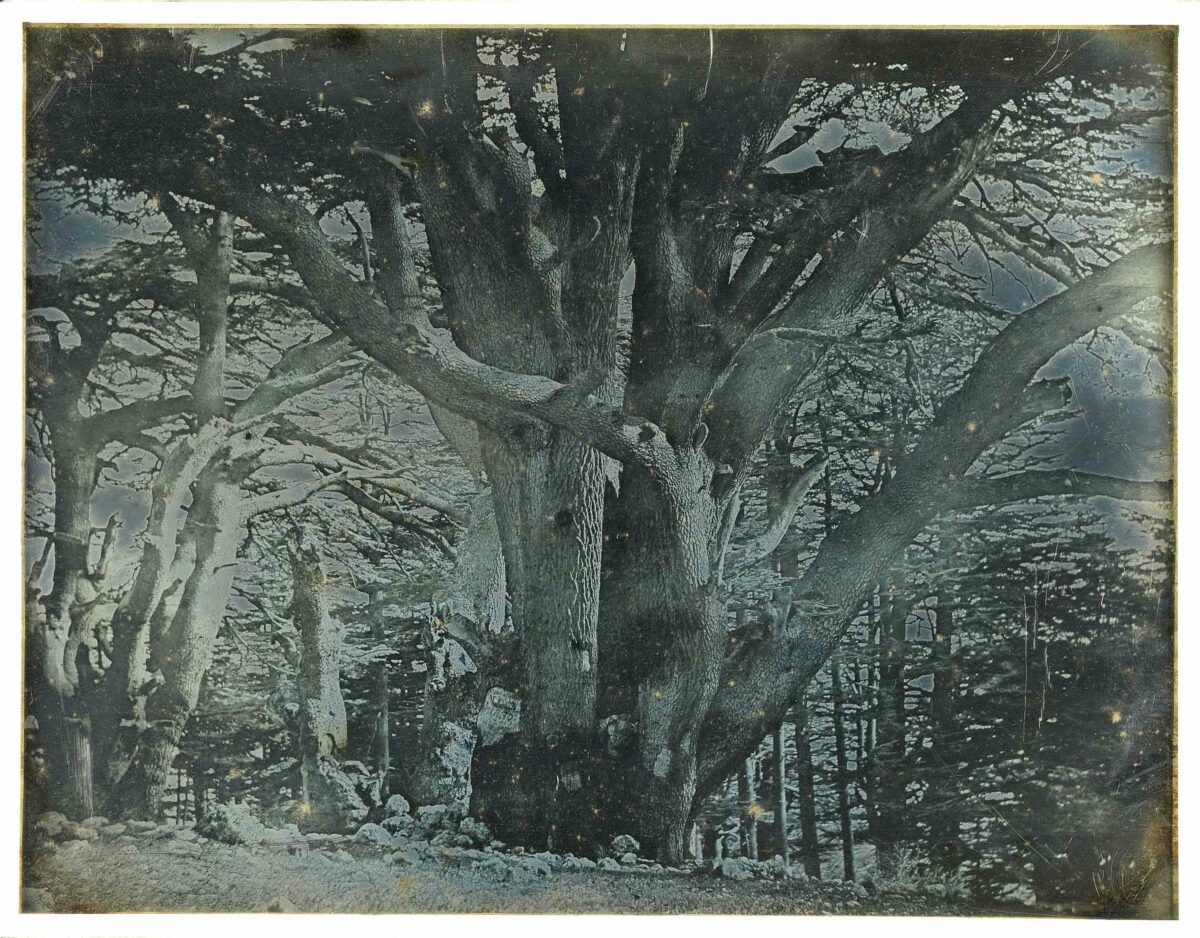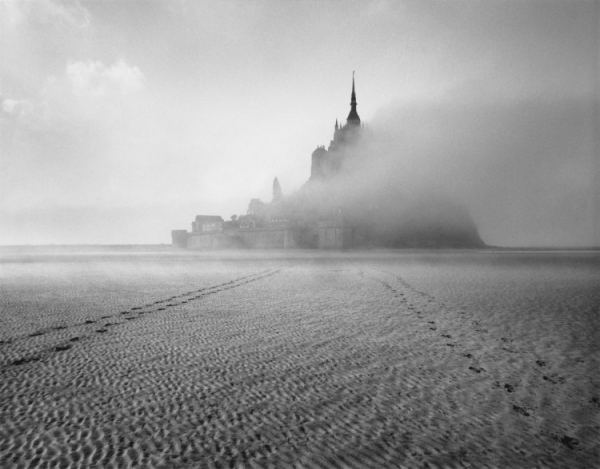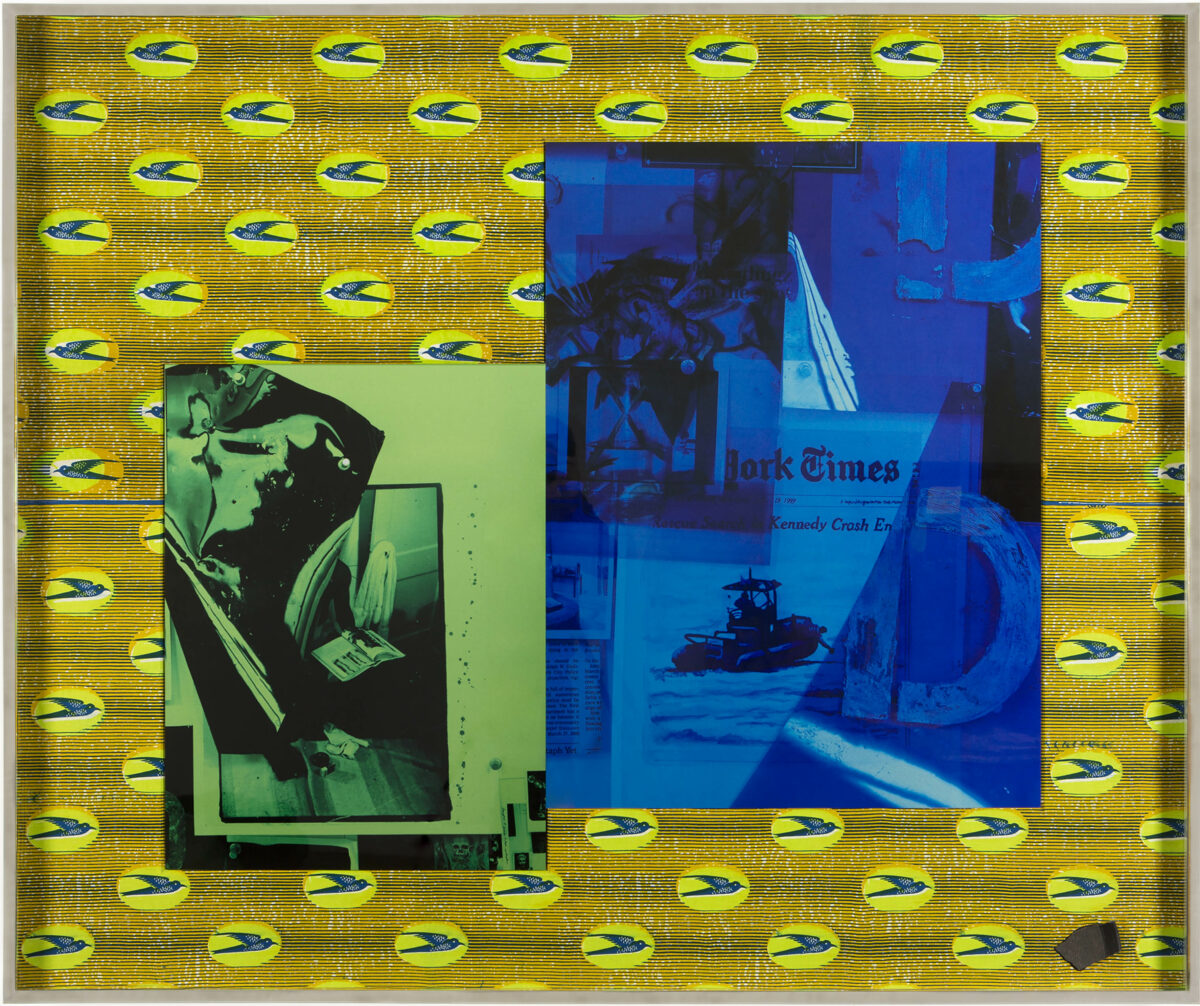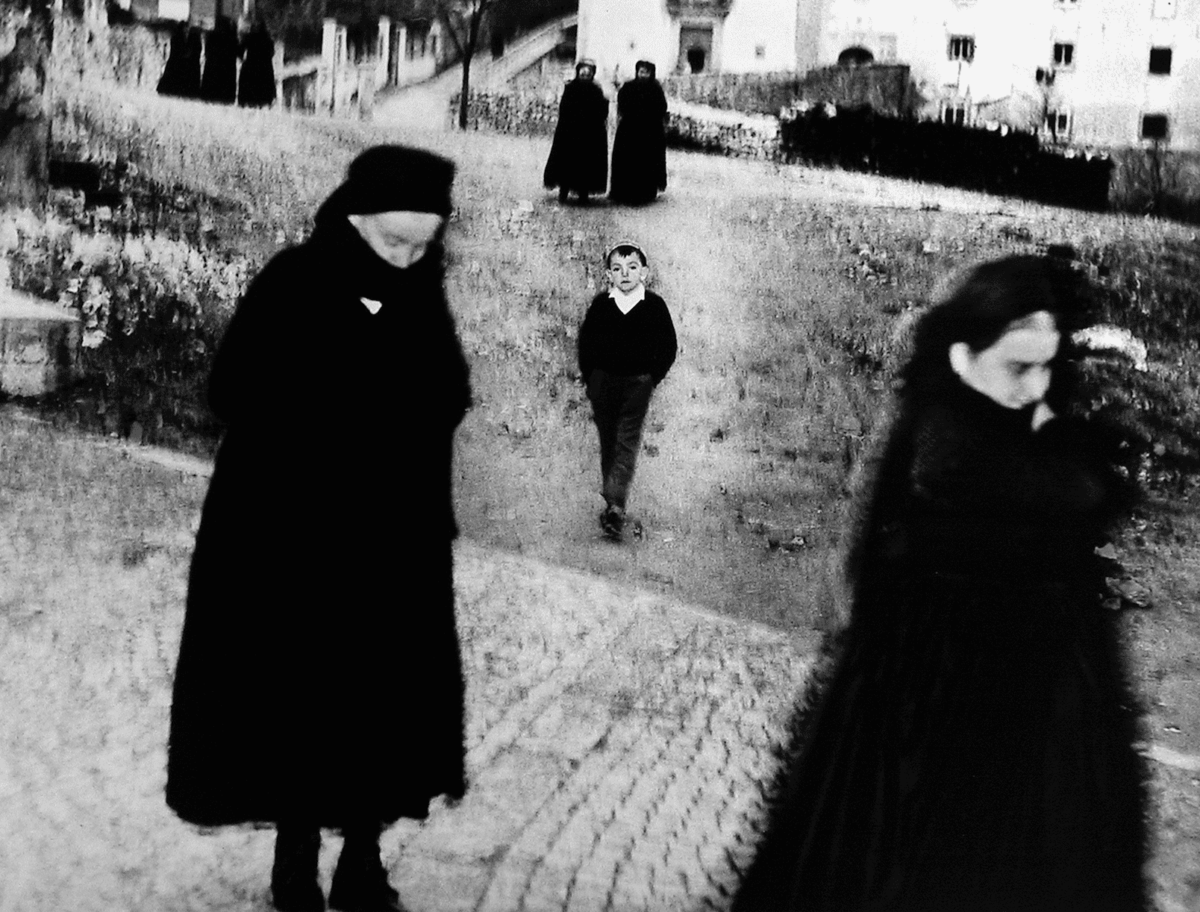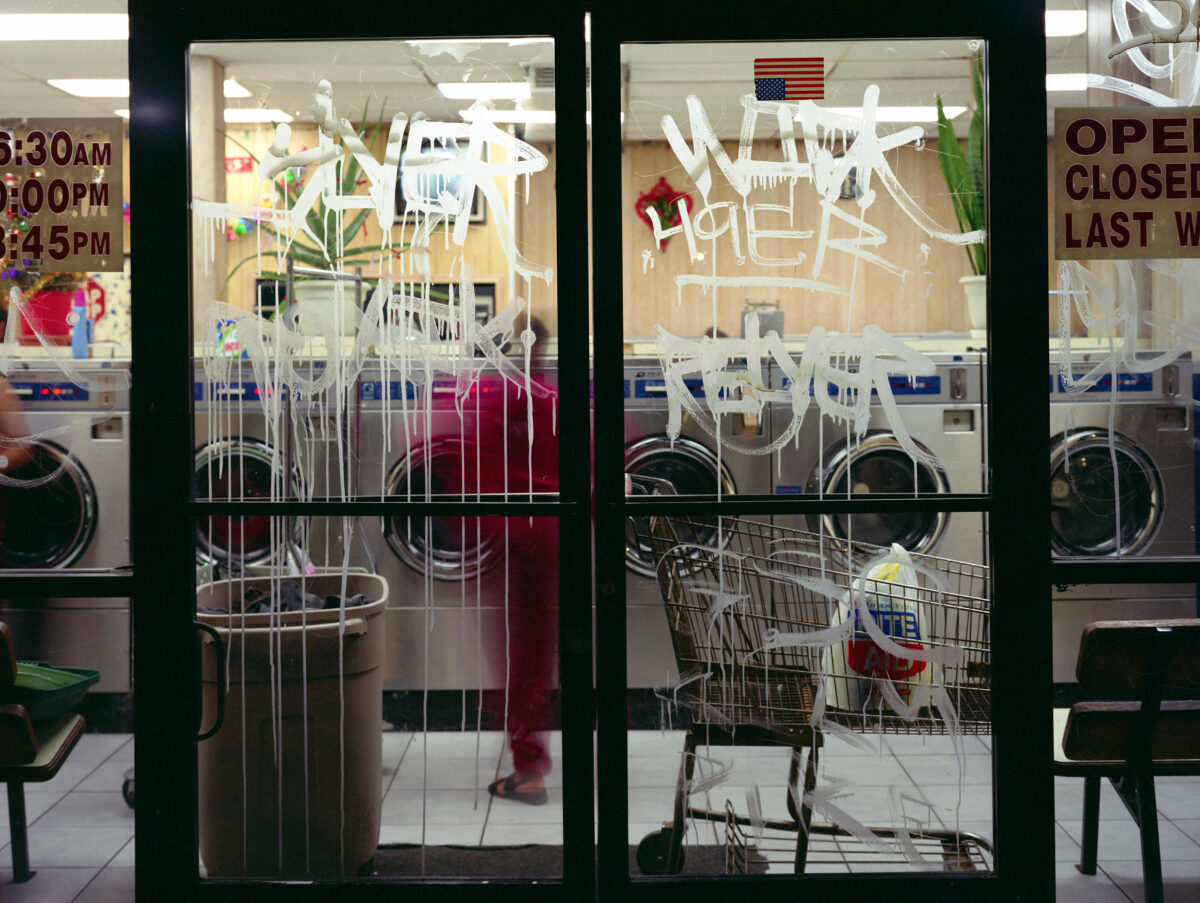

In 1998, a cargo vessel called the Global Mariner set off from London, heading out on an 18-month journey around the world and back. The International Transport Workers Federation had bought the ship and installed an exhibition onboard detailing exploitations of seafaring workers’ rights. Images and videos told stories about how, for instance, an Indonesian radio officer drowned after jumping overboard to escape being beaten with an iron bar.
Artist Allan Sekula, who died in 2013, had done work about conditions at sea before. At the ITWF’s invitation, he traveled with the Global Mariner at various intervals, photographing its journey. He called the resulting series Ship of Fools, and first showed it at the Museum of Modern Art in Antwerp then at the Sao Paolo Biennial. When talking about this work, he discussed the history of maritime labor abuses, people’s growing oblivion to the physicality of capitalism, and the power of making art grounded in real experience.
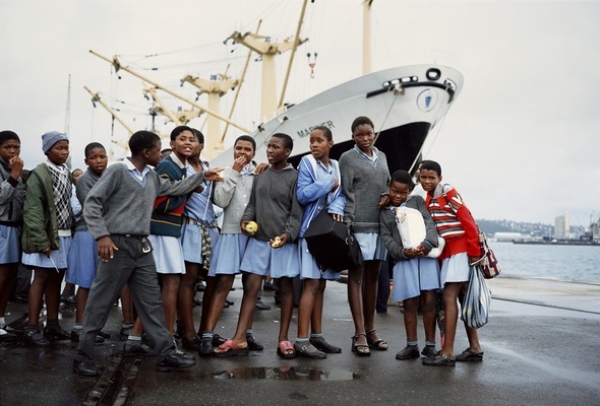

On view through September 6 at Christopher Grimes Gallery, the photographs are striking and inarguably skillful. In one, a cadet in a gray jumpsuit smiles and leans toward the camera, the horizon line at a fantastic slant behind her head. The photograph of 15 uniformed school children from Durban, South Africa, is smartly balanced, and the staggeringly clear image of sun glimmering in the water in the ship’s wake is majestic. But had you not read up, none of these images would tell you that the Global Mariner is housing a protest exhibition or that Sekula was thinking about the sea as something deeply complicated. Excerpts from Lottery of the Sea, an essayistic 179-minute film he made about sea commerce in 2006 that play in a back room at the gallery do better at conveying the artist’s interests.
If you knew Sekula in person or by reputation, knew he taught at California Institute of the Arts for nearly three decades, supported the students he believed in and cared sincerely about politics, you approach his art with a certain amount of goodwill. You want it to convey his concerns. But perhaps an exhibition of images on the wall is not the best way to experience his work. Perhaps in book form — a form Sekula often worked in — with writing or interview transcripts alongside images, the complexities Ship of Fools grapples with could coexist with the gorgeousness of the photographs.

